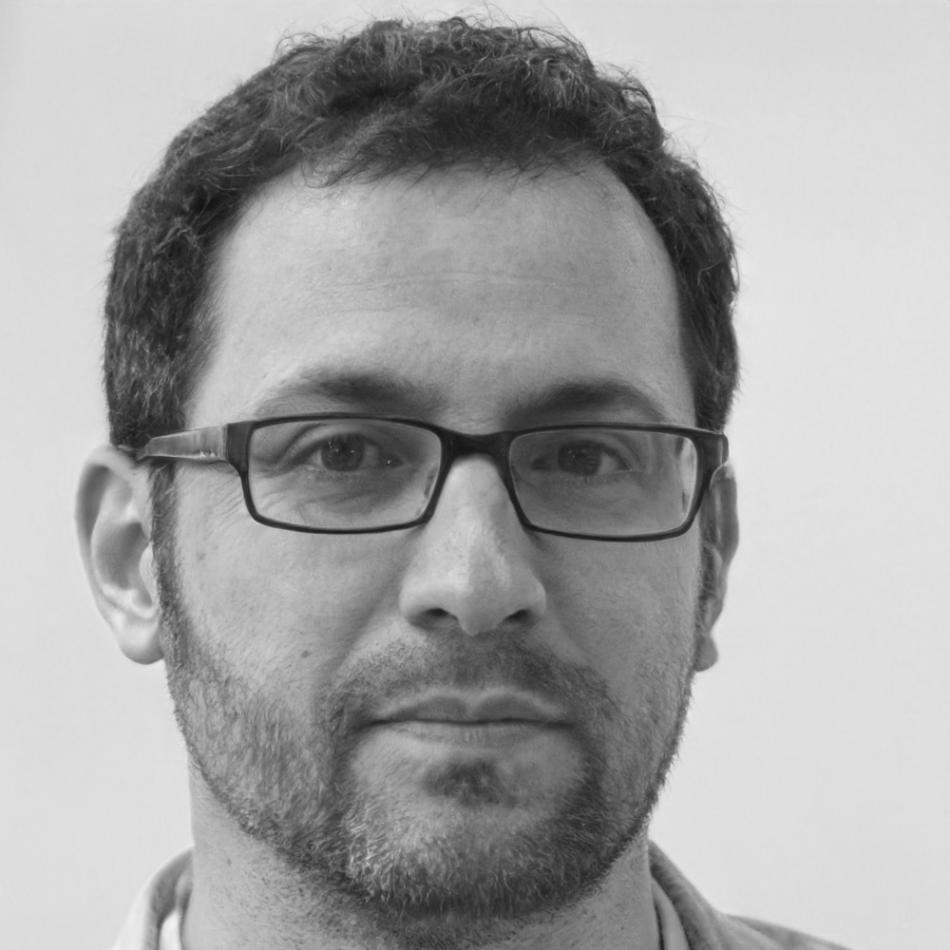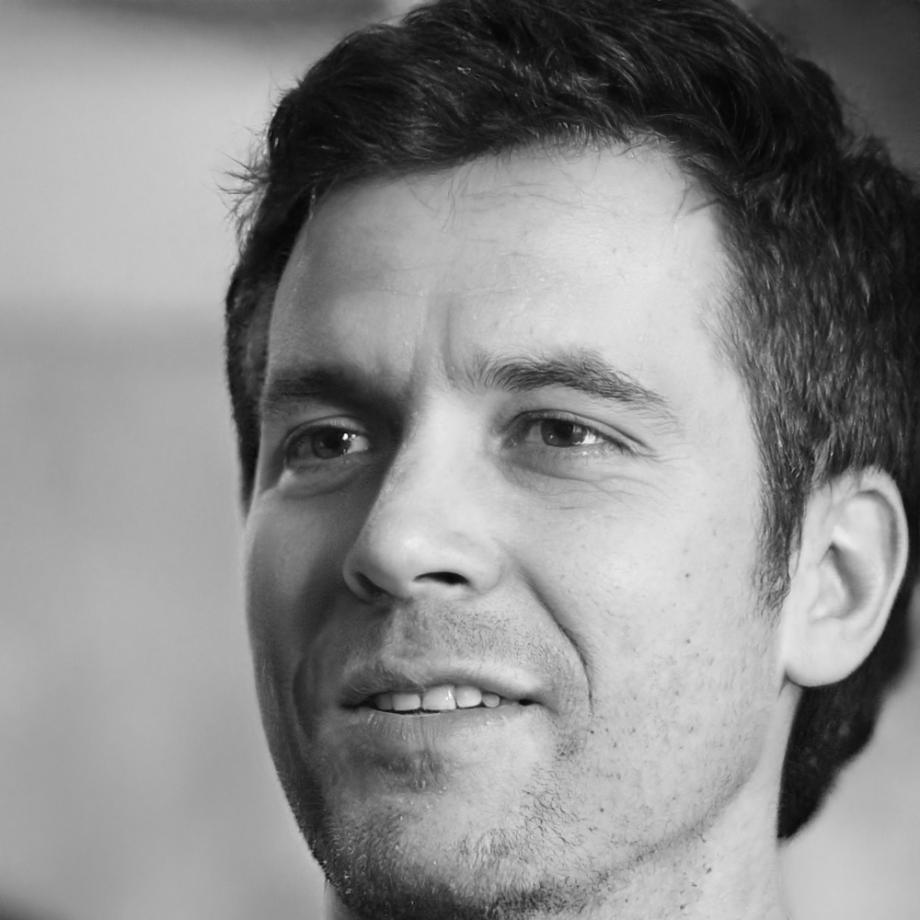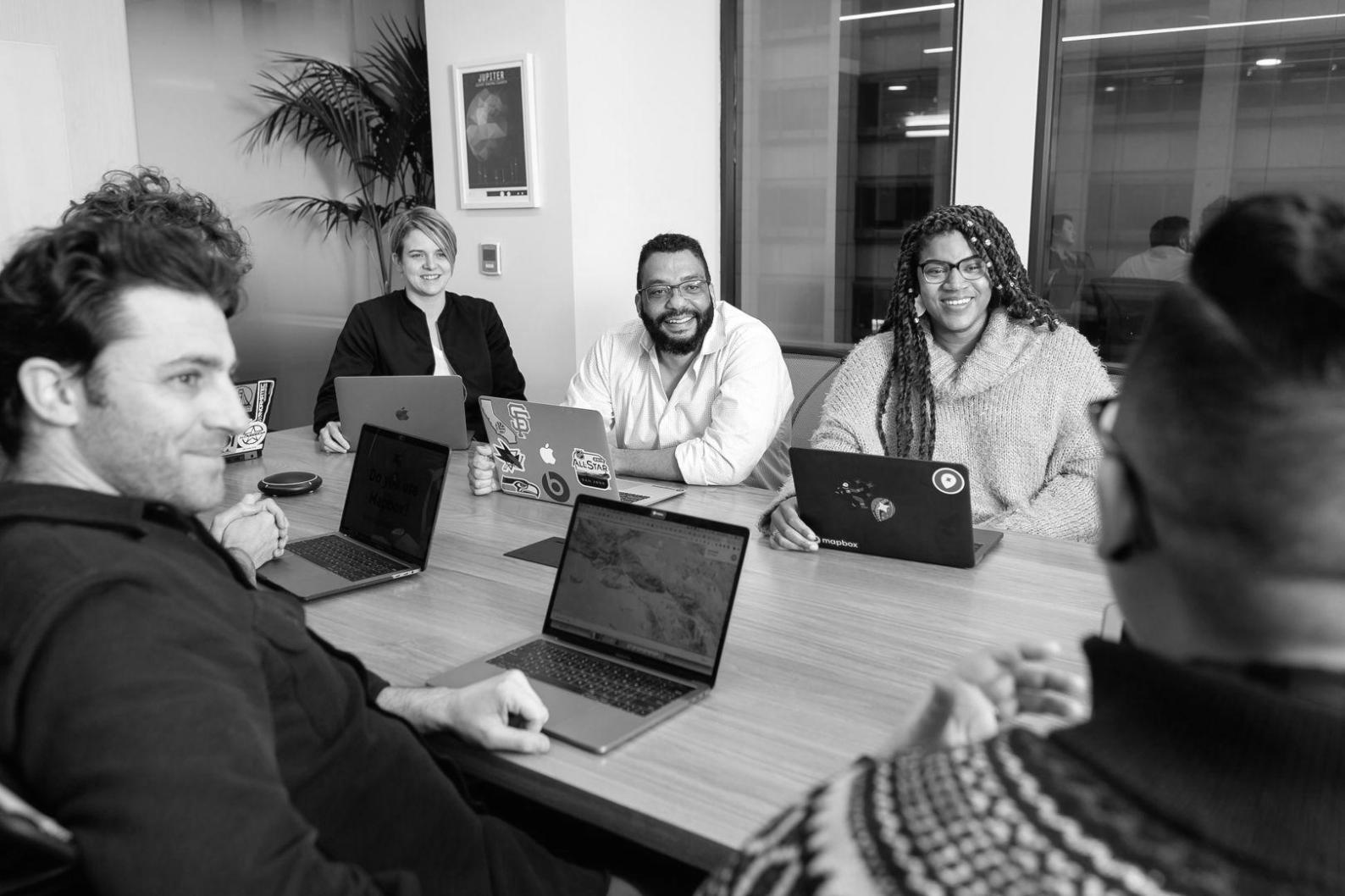Teaching Philosophy That Actually Works
We've spent years figuring out what separates mediocre financial education from training that sticks. Turns out, it's less about fancy frameworks and more about who's doing the teaching—and how they approach it.
Meet Your Teaching Team
Each instructor brings something different to the table. We're not clones reading from the same script. You'll notice the variety pretty quickly once sessions start in September 2025.

Thornley Baskin
Real Estate Profitability
Started analyzing property deals in 2008 when everyone else was running away. Now helps students spot opportunities others miss—especially in regional Australian markets where data gets murky.

Marcella Quinnton
Cash Flow Modeling
Built her reputation fixing broken business models. Her sessions focus on identifying where money actually goes versus where owners think it goes. Practical, sometimes uncomfortable, always useful.

Daxton Wimbrel
Risk Assessment
Former auditor who got tired of finding problems after they happened. Now teaches students to spot warning signs early. His case studies come from actual businesses—names changed, lessons intact.

From Confusion to Clarity
Most students arrive frustrated. They've tried spreadsheet templates, watched YouTube tutorials, maybe even hired a consultant. But something's not clicking. The numbers look right, but the insights aren't there.
That's where we start. Not with theory, but with what's actually blocking your understanding. Sometimes it's a fundamental misconception about how profit margins work. Other times, it's data collection methods that guarantee garbage output.
One student spent three months tracking the wrong metrics. Within two sessions, we identified the issue and rebuilt his entire approach. Six months later, he'd increased his profit visibility by restructuring how he categorized expenses.
How Sessions Actually Work
Forget the typical lecture format. Our approach is more workshop than classroom, more collaboration than consumption.
Initial Assessment
You bring real data—your business numbers, your current analysis methods, your actual questions. We spend the first session understanding what you're working with and where the gaps are. No standardized curriculum here.
Targeted Skill Building
Based on what we find, we focus on specific areas. Maybe you need better ratio analysis. Maybe your forecasting assumptions are off. We work on what actually matters for your situation, not what's in chapter seven of some textbook.
Application & Feedback
Between sessions, you apply what we've covered to your own work. Then we review together. This is where learning happens—when you hit obstacles with real data and we troubleshoot together.
Progressive Complexity
As basics solidify, we layer in more sophisticated analysis. Scenario modeling, sensitivity analysis, comparative benchmarking. But only when you're ready, not according to some predetermined schedule.